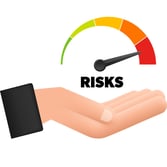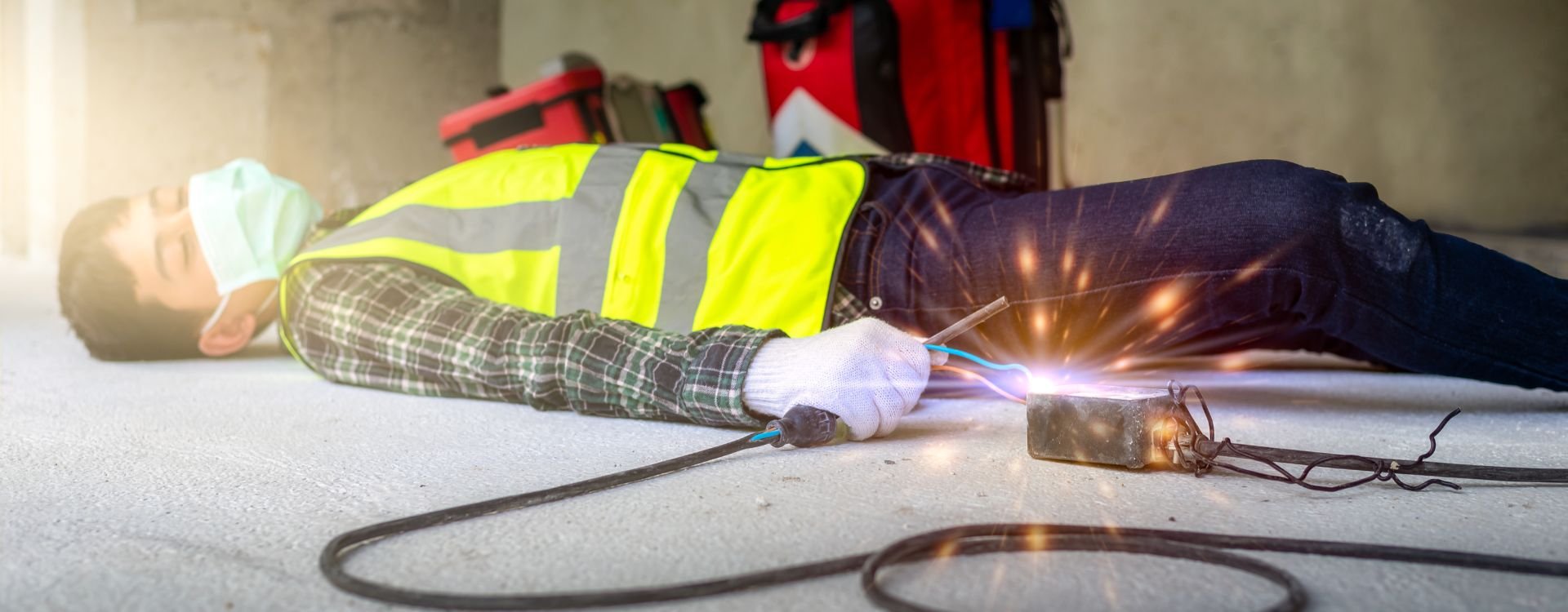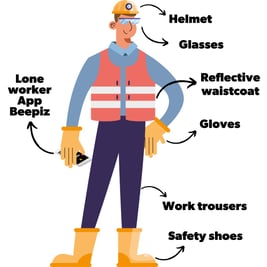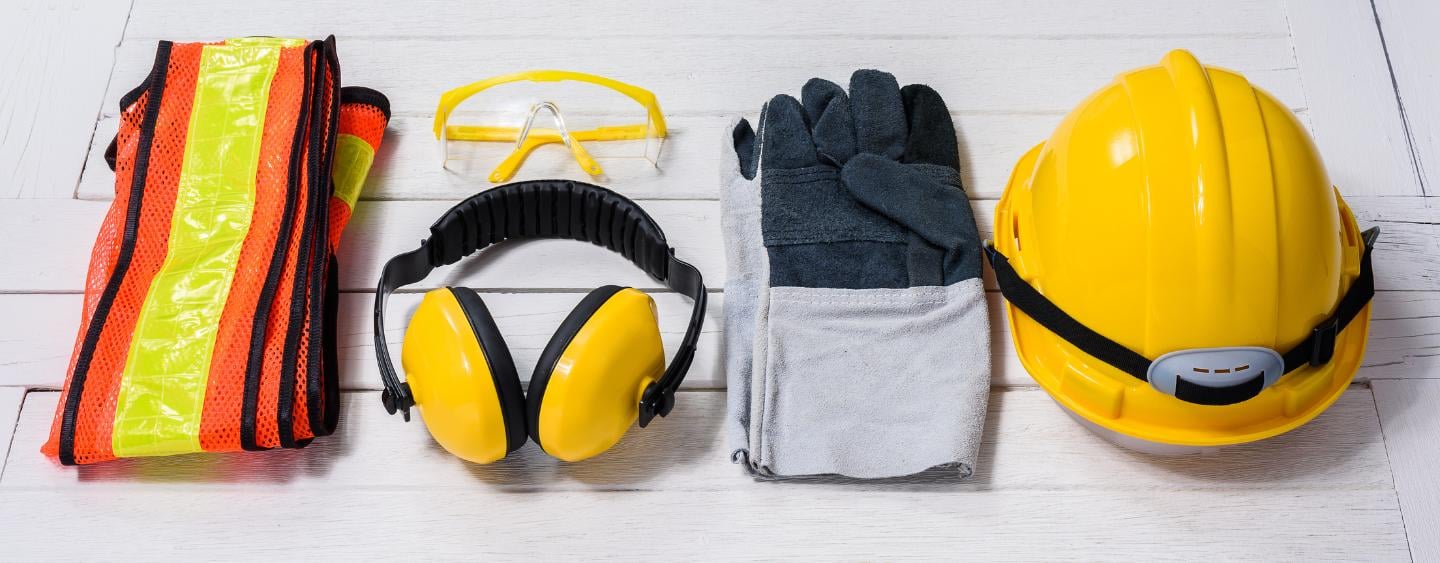Lone workers face many challenges because of their working conditions. In the absence of colleagues, they can feel profound loneliness and isolation, which can have a detrimental effect on their mental health. Moreover, not being able to ask for help when they need it can increase stress and anxiety.
Lone workers often have to juggle several roles and responsibilities, which can lead to difficulties in managing time and workload.
Lone working and psychosocial risks (PSR)

The mental health of lone workers is particularly at risk. Long isolation can lead to problems such as depression, anxiety and chronic stress. Lack of social interaction can also affect their emotional well-being. It is therefore essential to take steps to prevent these risks and support their mental health.
To prevent these risks and support the mental health of lone workers, it is first necessary to identify the psychosocial risk factors (PSR) and deploy an action plan with specific initiatives, such as setting up psychological and emotional support programmes. These programmes can include individual or group coaching sessions, training in stress management and relaxation techniques, as well as planned social events to encourage social bonding.
It is also important to promote a culture of support and inclusion within the company. This can be achieved by encouraging managers and colleagues to keep in regular contact with lone workers, organizing virtual meetings or setting up online communication platforms where they can share and connect. At the same time, it is essential to provide training and professional development opportunities to help lone workers feel valued and boost their self-esteem.

Lone working and physical risks
In terms of physical health, lone workers are also exposed to considerable risks. On the one hand, being in an isolated situation can lower the worker's level of alertness, and therefore increase the risk of an accident. On the other hand, working alone can significantly lengthen the time it takes for emergency services to help in
of an accident, and therefore increase the severity of the after-effects. Finally, lone workers are more susceptible to aggression because there are no witnesses and therefore no possibility of calling for help.
To guarantee their physical safety, it is essential to put in place communication devices enabling the lone worker to call for help if necessary. The employer is obliged to provide this means of communication and must also check that the device is operational in all circumstances. To ensure maximum protection, lone workers need to be helped to use the system through training and simulation exercises.

Safety measures

The employer must provide their lone workers with appropriate personal protective equipment (PPE) to reduce the risk of accidents and other injuries. This PPE is an essential type of safety device for lone workers in their specific working environment. The most used protective equipment includes helmets, gloves, goggles and breathing masks.
Each lone worker must receive adequate training in the use and maintenance of this personal protective equipment to ensure that they understand the importance of wearing it at all times when exposed to potential hazards. Incorrect use or failure to wear appropriate PPE can compromise the safety of the lone worker and increase the risk of accidents and injuries.
It is also important to carry out regular checks and inspections to ensure that personal protective equipment is in good working order. Lone workers should report any problems or defects with PPE to their employer so that it can be repaired or replaced quickly.
In addition to this PPE, employers must also give their lone workers a real-time communication device. This device must be worn by the employee to allow them to be rescued in case of an accident. Ideally, you should provide equipment that can detect a problem and send an automatic alert, as well as having a function that allows the lone worker to send an alert manually.
By providing your lone workers with appropriate personal protective equipment and ensuring that they are properly trained in its use, you are helping to reduce the risk of accidents and injuries. This creates a safer working environment and allows lone workers to concentrate on their work without fear for their physical safety.
💡Useful tip: Beepiz has a "PPE management" feature. This feature makes it possible, when a Beepiz session is launched, to check that the employee is in possession of all the PPE required for their safety.


Preventive measures

Preventive measures are fundamental to ensure the safety and well-being of the lone workers. They must be implemented in a proactive way to prevent the potential risks to which they are exposed. Among these measures, the implementation of procedures in case of an accident provides a framework for risk situations and prepares lone workers for all situations.
This could include specific procedures for handling equipment and machinery, detailed instructions on how to prevent fires and accidents, as well as guidelines on electrical safety and chemical handling. The lone workers must be trained in these procedures and made aware of their importance.
It is also important to carry out regular inspections to identify any risks and rectify them quickly. This can include equipment safety inspections, electrical installation checks and chemical risk assessments. Lone workers should be encouraged to report any problems or potential hazards so that they can be resolved quickly.
Training and awareness for lone workers
Training and awareness are key to the safety and well-being of the lone workers. It is essential to train them thoroughly on the specific risks they face in their working environment and to provide them with the knowledge and skills to take appropriate safety measures and prevent them. This could include training in the safe handling of equipment and machinery, fire prevention, electrical safety, chemical handling, etc.
Also, to update the knowledge of the lone workers and inform them of new safety measures, training and awareness sessions should be organized on a regularly basis. These sessions can be run by safety experts or health and wellness professionals and will ensure that lone workers stay informed and feel supported in their working environment.

⏳ TO SUM UP ⌛
→ Lone workers may be subject to psychological and physical risks linked to this isolation, in addition to the risks inherent in their job. When carrying out your risk assessment, it's important to take this isolation into account and factor in the associated risks.
→ In addition to the PPE (personal protective equipment) adapted to their work situation, you must also provide your lone workers with a device allowing them to communicate if needed. This device must be functional in all situations your lone workers may find themselves in.
→ In order to prevent risks, it is important to make your lone workers aware of the procedures to follow in the event of an incident. It is also crucial to set up regular inspections to identify any risks and correct them quickly.
→ It is essential to train your lone workers on the specific risks they face in their working environment and provide them with the knowledge and skills to take appropriate safety measures. The lone workers must report any problems or potential risks so that they can be resolved quickly.
